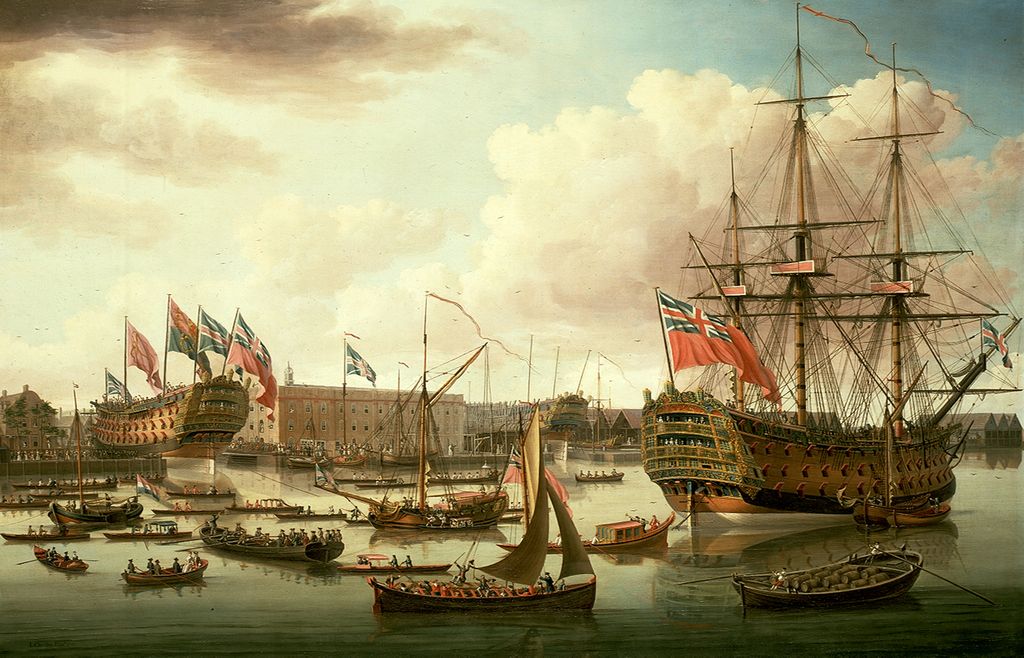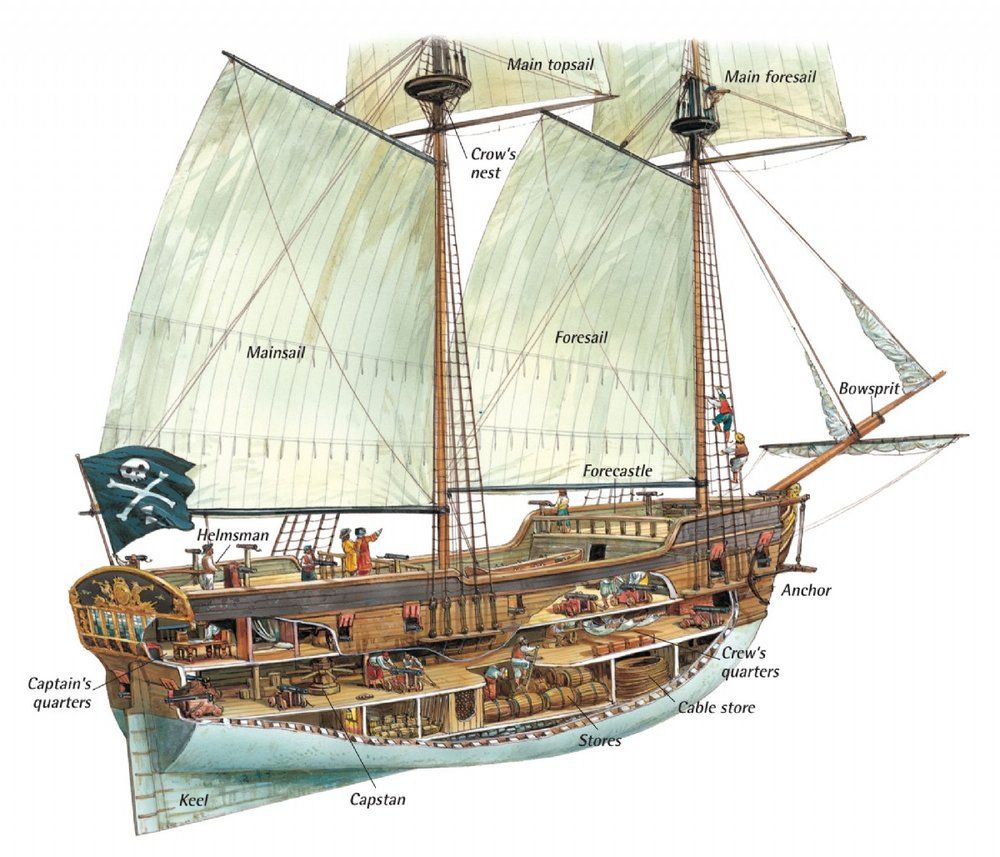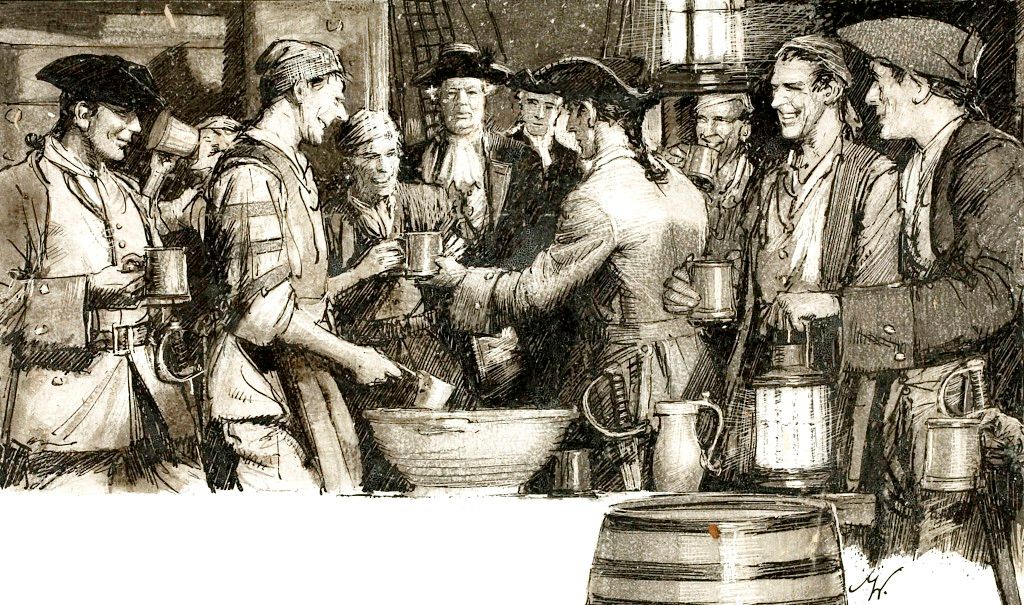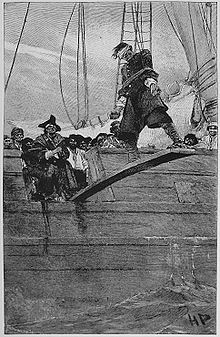The Plight Of An 18th Century Sailor
May 28, 2019 • 257 views
The Plight of an 18th Century Sailor

In the 18th Century, Europe was on its voyage to colonize the entire world. This conquest was headlined was the western European superpowers – Britain, France and Spain. These countries frequently clashed with each other and many other European countries. The Navy played the most crucial role in the colonizing and Britain having the most powerful navy, ruled the seas. But the lives of the sailors on-board these massive and impressive naval fleets were not so heroic and grand as we might expect it to be. To prove the point, we shall take a look at three most basic and important aspects for life on-board an 18th century ship.

1.Accommodation
Navy ships were rather cramped despite them looking massive from an outsider’s point of view. This was mainly because every ship of that period was armed in order to fight against rival country navies and pirates. Ships were armed with cannons big and small. Also, there were ammunitions – which were basically big iron balls with sheer weight. There were barrels full of gunpowder too. Besides the robust artillery, there were rifles and pistols in case any battle escalated to a point where sailors from different parties happened to find themselves on the same ship. This also meant more barrels full of rifle ammunitions and more gunpowder.

Thus, less space was available for the living quarters. The sailors didn’t have the luxury of rooms. Officers were allotted cabins, although they were tiny and not very comfortable. But the cabins provided privacy. The captain had the best room in the house but even that was not worthy of comparison with a small London apartment.
The ships were on the sea for months, and limited clean water meant no laundry. Plus, there was a superstition of not bathing while at sea. The living quarters were also home to rodents and vermin making the quality of stay only poorer.
2.Rations
Once the ship set sailed, there was no more fresh meat; only salty meat. As mentioned in an 18th century sailor’s journal, on any of the Majesty’s ship, every sailor was guaranteed a pound of biscuit bread and a gallon beer per day. Maybe a gallon beer a day does not sound that bad. Tuesdays and Saturdays were two pounds of beef or else a pound of beef and a pound of flour with plums for dessert. Thursdays and Sundays were three pounds of pork with a pint of peas to boil them into a soup. The other three days were vegetarian meals, mostly oats and cheese. The sailors had to survive on these rations for months and, as mentioned before, there were rodents on-board, which didn’t really help the quality of rations. Drinking water was limited and often there were files over the barrels.
This does not seem very healthy and sanitary but many accounts state that this was much better when compared to the sanitary conditions in most part of London during that time.

3.Discipline
The navies had a very strict code of conduct on the ships. Defiance of the set rules and regulations of the ship resulted in very harsh punishments. Severe cases resulted in keelhauling, although it was not officially allowed in the royal navy. The offender was tied to a rope and thrown overboard. He pulled back from the opposite side of the hull. Barnacles attached to the hull lacerated the skin. But most offenders drowned during the process. Sleeping on watch was rewarded by hanging.

Such was the life of an 18th Century sailor.
